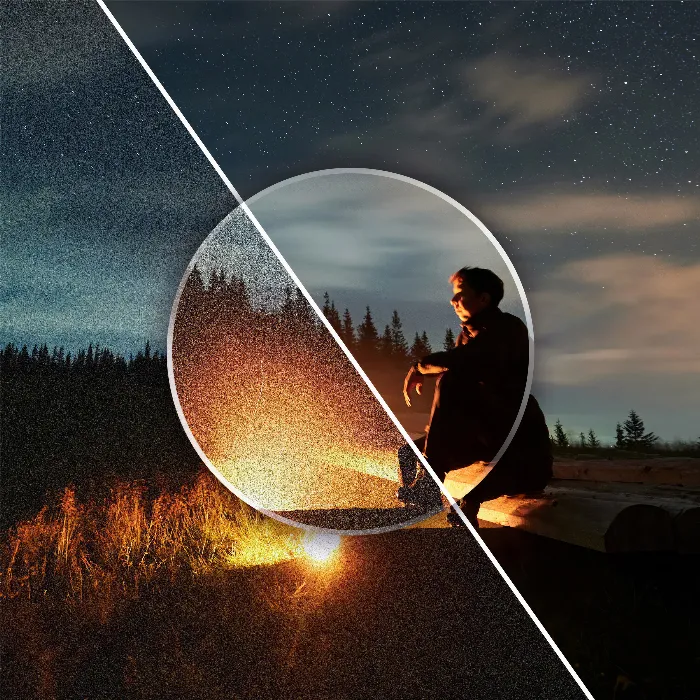Removing noise from photos can be an important task, especially when working with images taken under suboptimal conditions. In this tutorial, I'll show you how to apply effective noise reduction techniques in Adobe Photoshop. You'll learn how to use both the standard noise filter function and the more powerful Camera Raw filters. Additionally, we'll explore how you can save time using scripts and actions when you have many images that need editing.
Main Takeaways
- The standard noise filter in Photoshop is not always the best choice.
- The Camera Raw filter provides more powerful options for noise reduction.
- Using actions and automated batch processing can save you time and allow you to efficiently edit multiple photos.
- New AI filters in Photoshop make noise reduction a breeze.
Step-by-Step Guide
Step 1: Understanding the Standard Noise Filter in Photoshop
First, open a noisy image in Photoshop. Go to Filter > Noise Filter and choose the Reduce Noise option. Here, you can adjust various settings to reduce the noise.
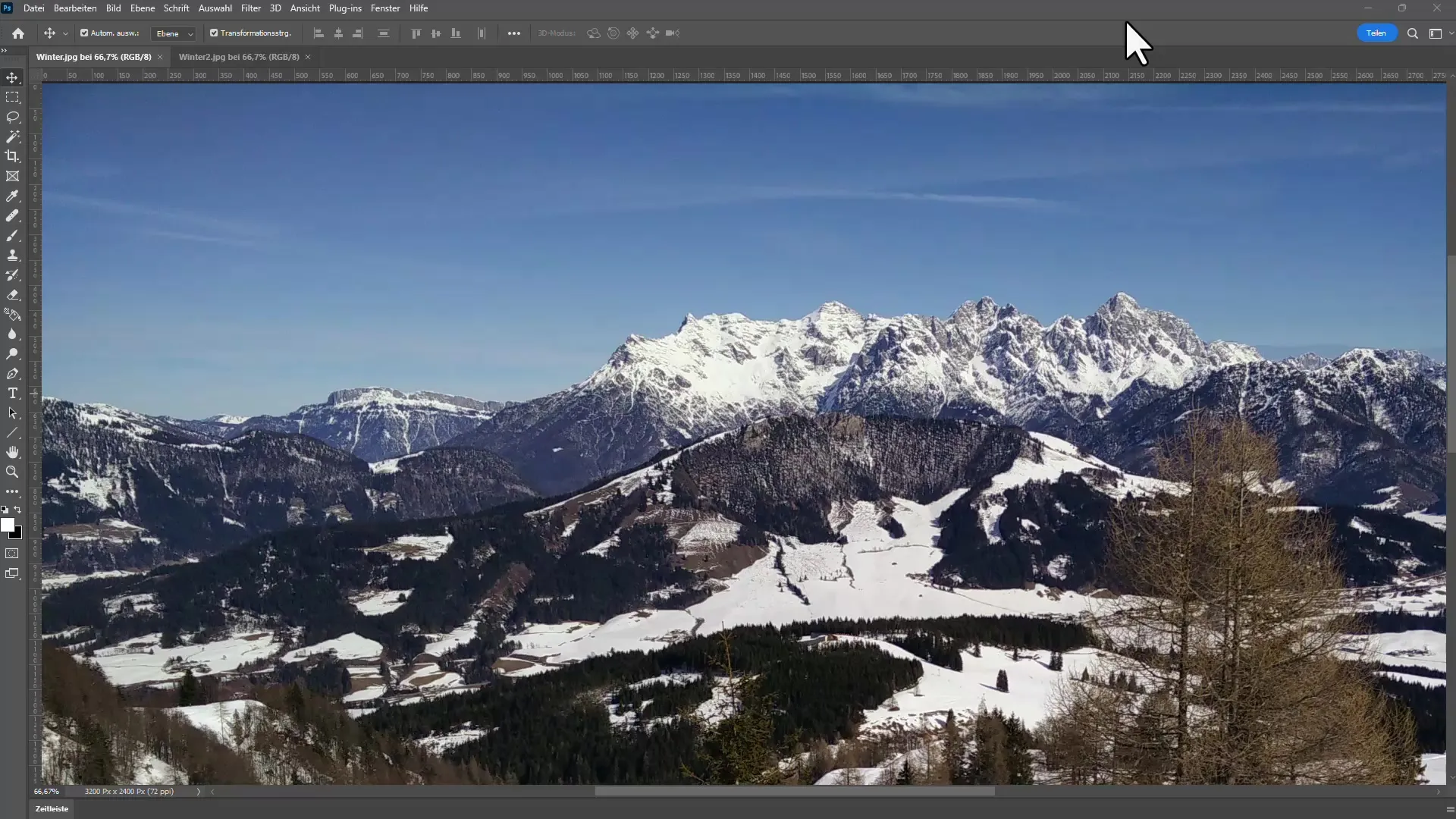
The first thing you'll see is the dialog with options for noise reduction. Be sure to adjust the values for Strength and Details. Increasing the strength can significantly reduce the noise, but it may affect the sharpness of the details.
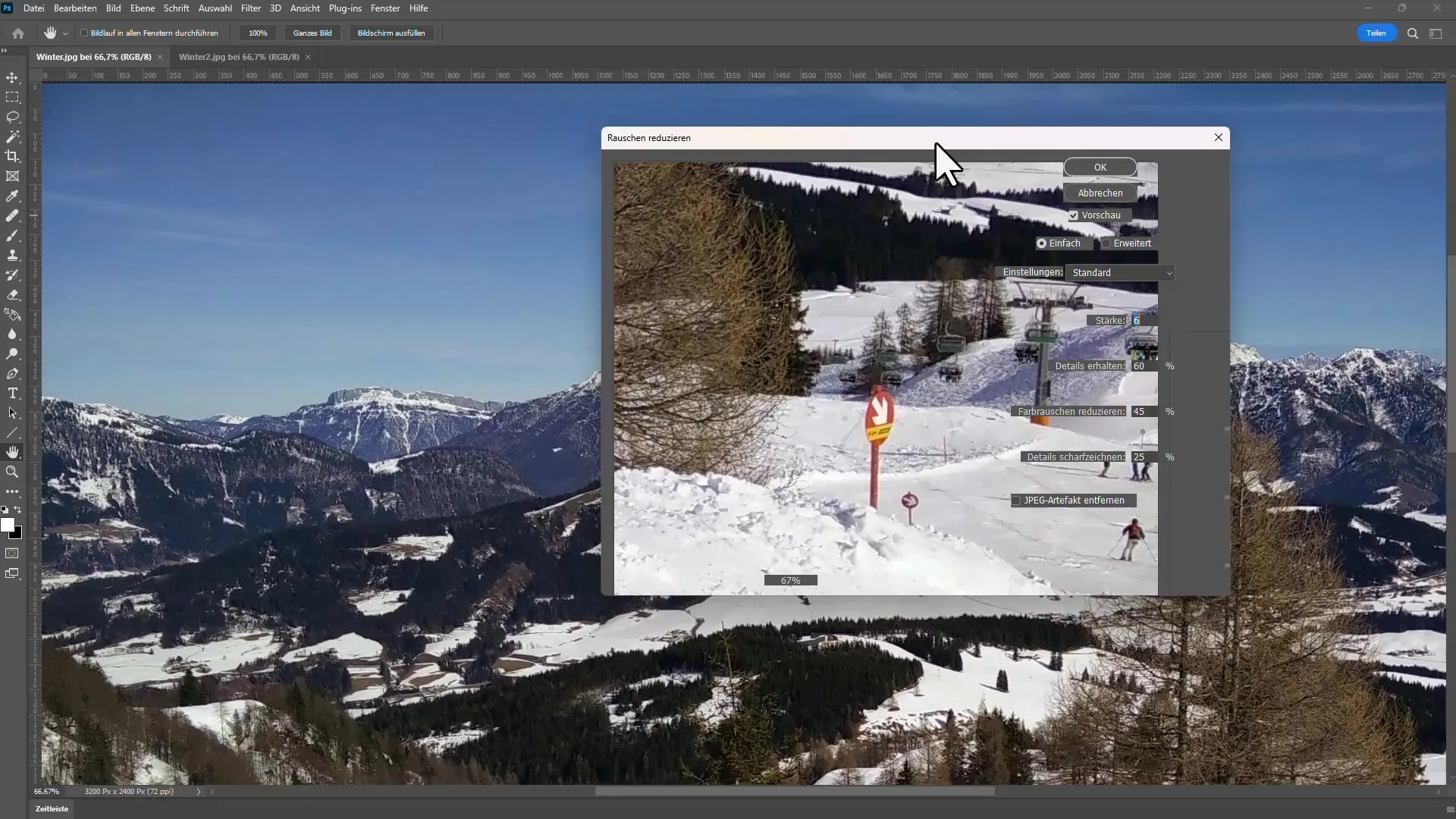
Experiment with different settings and observe the effects. It's important to find a balance between noise and detail accuracy.
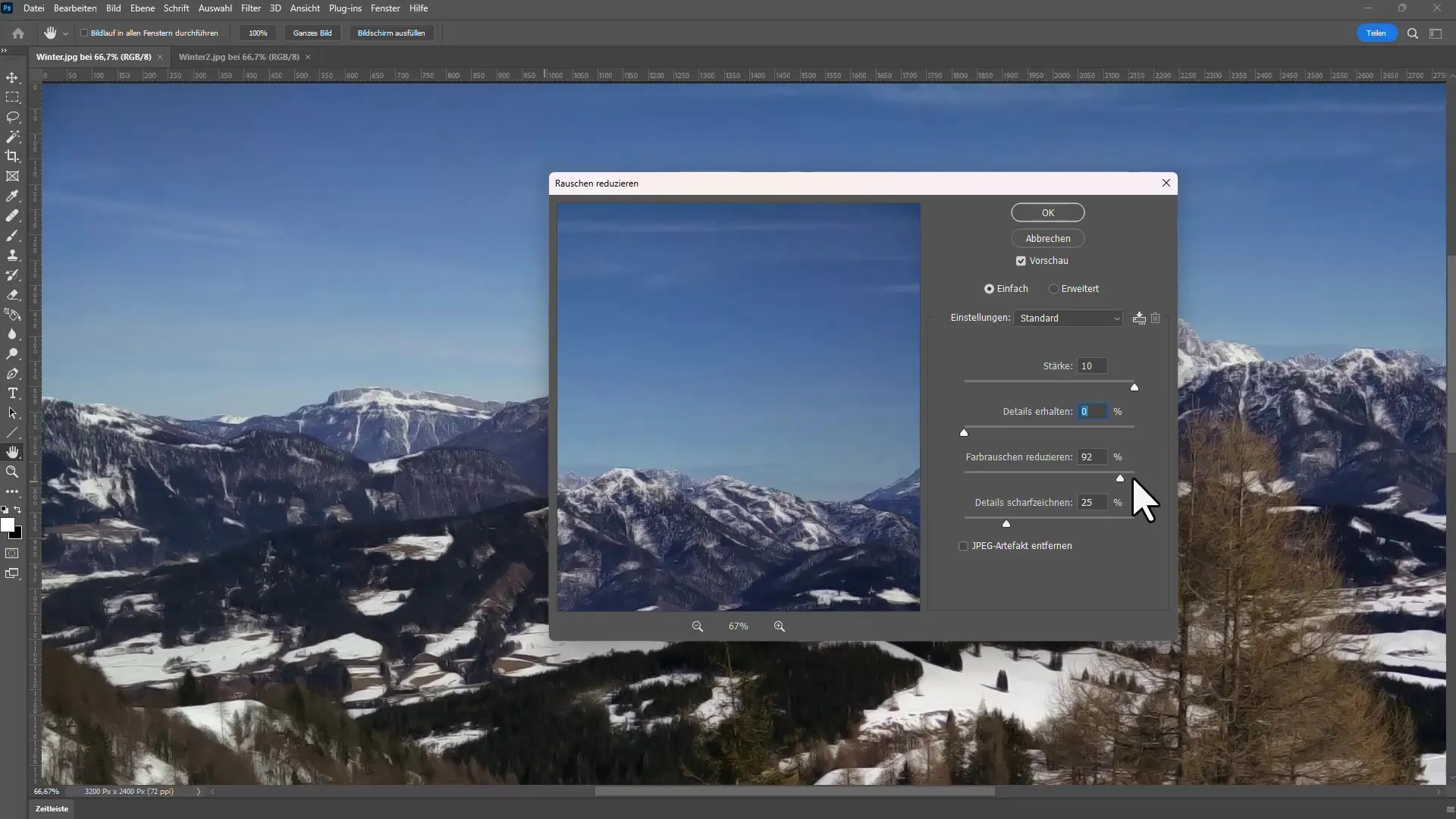
Step 2: Using the Camera Raw Filter
The Camera Raw filter offers better options for noise reduction, especially when using a RAW image. Open your image again and go to Filter > Camera Raw Filter.
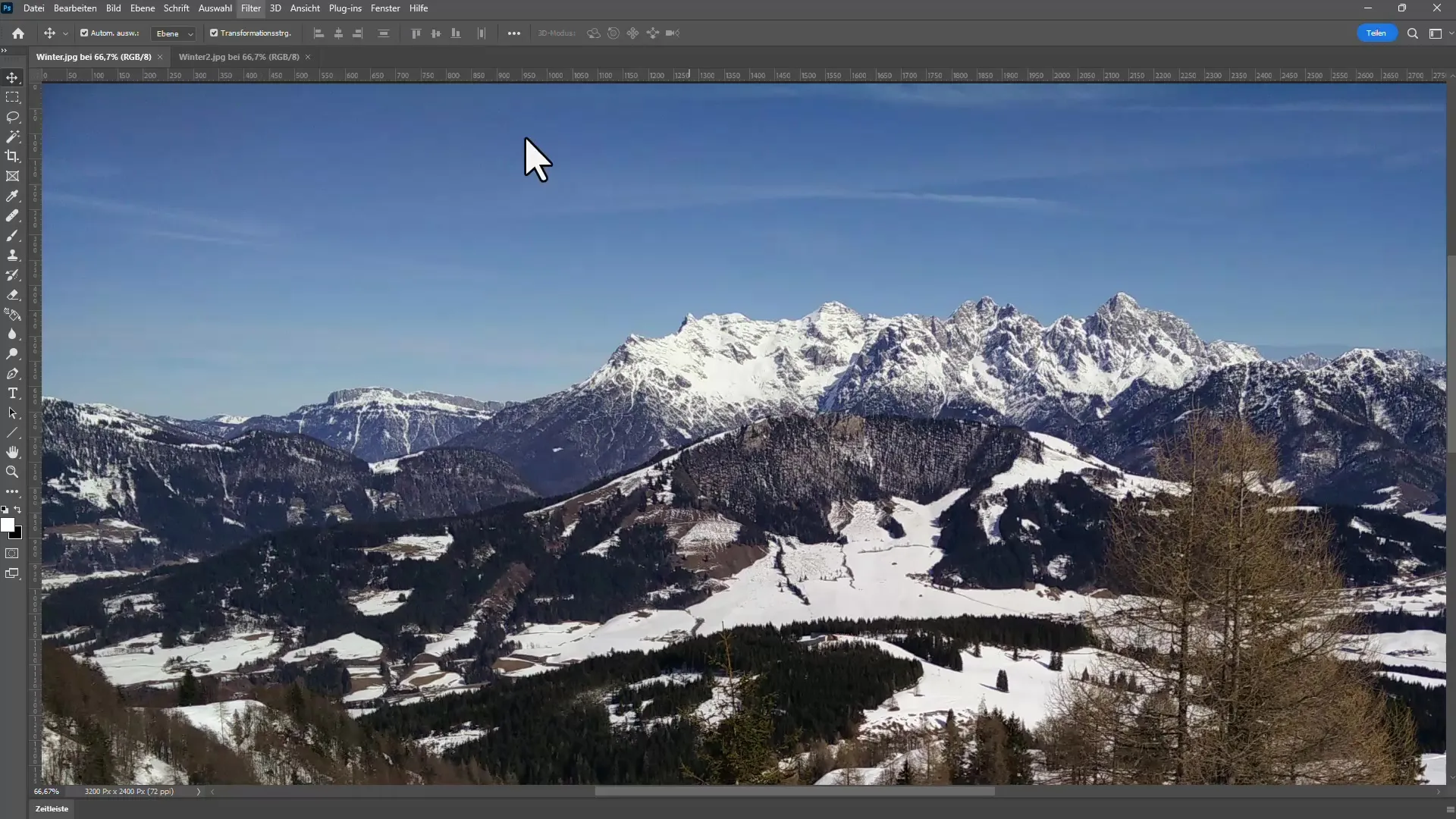
Here, in the Detail section, you'll find options for noise reduction. Experiment with these settings and observe the changes in image quality. You'll quickly notice that the results are often better than with the standard method.
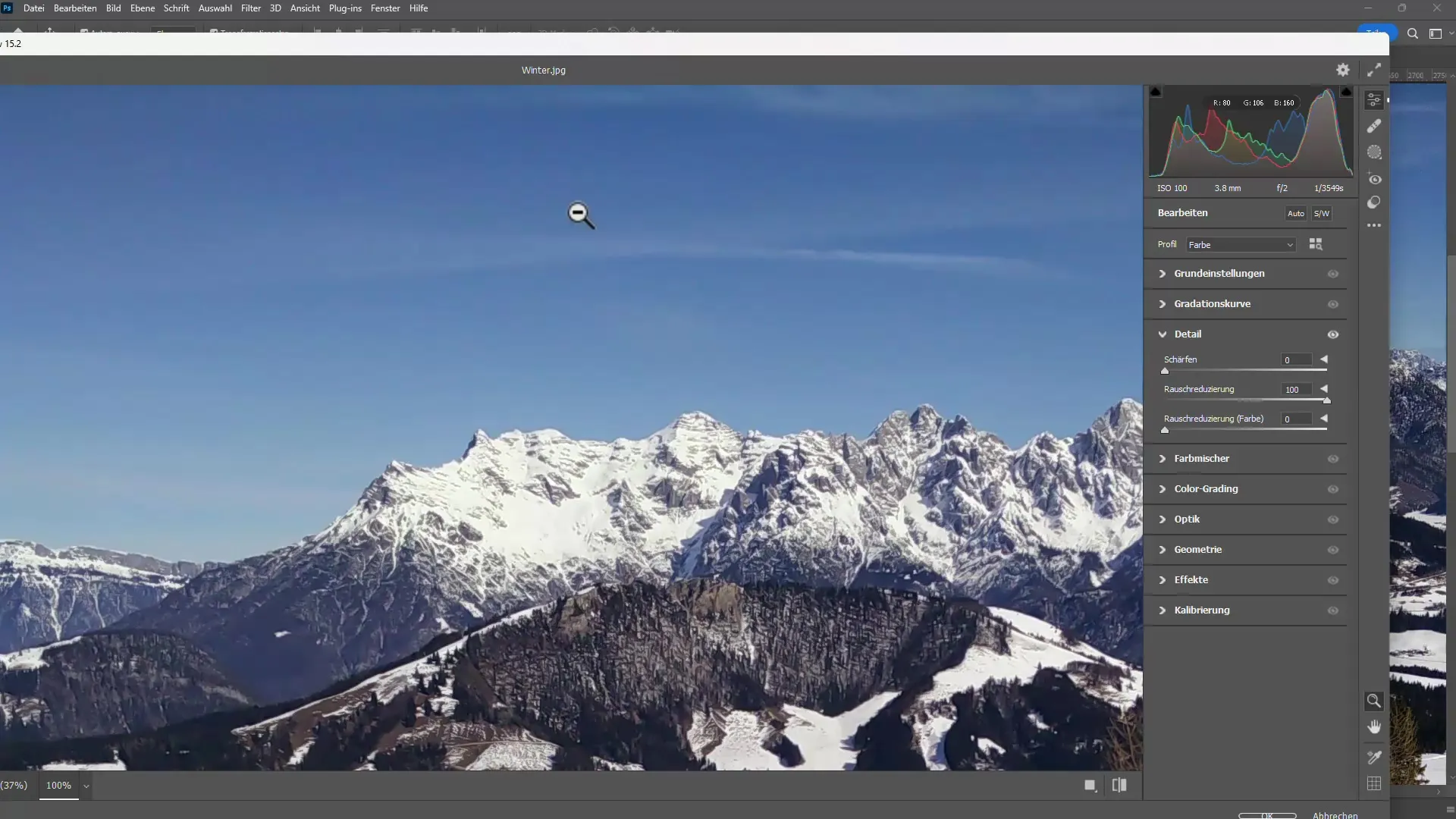
Be sure to use the sharpening and noise reduction sliders in a balanced manner to achieve the best results. Excessive sharpening can make noise reappear.
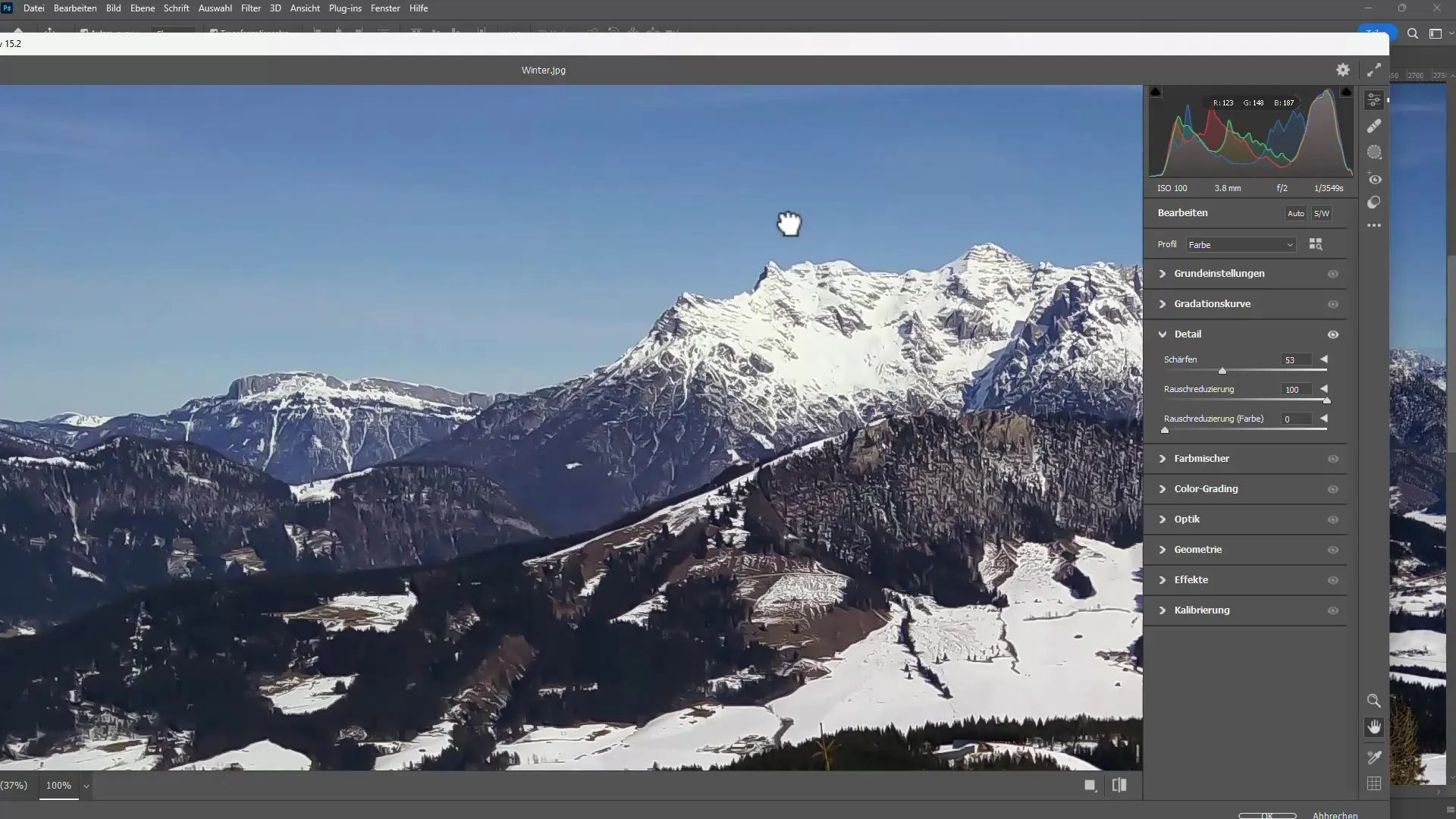
Step 3: Recording Actions and Using Batch Processing
If you want to edit many similar images, it's wise to use actions in Photoshop. Go to Window > Actions and create a new action. Let's name it, for example, Remove Noise.
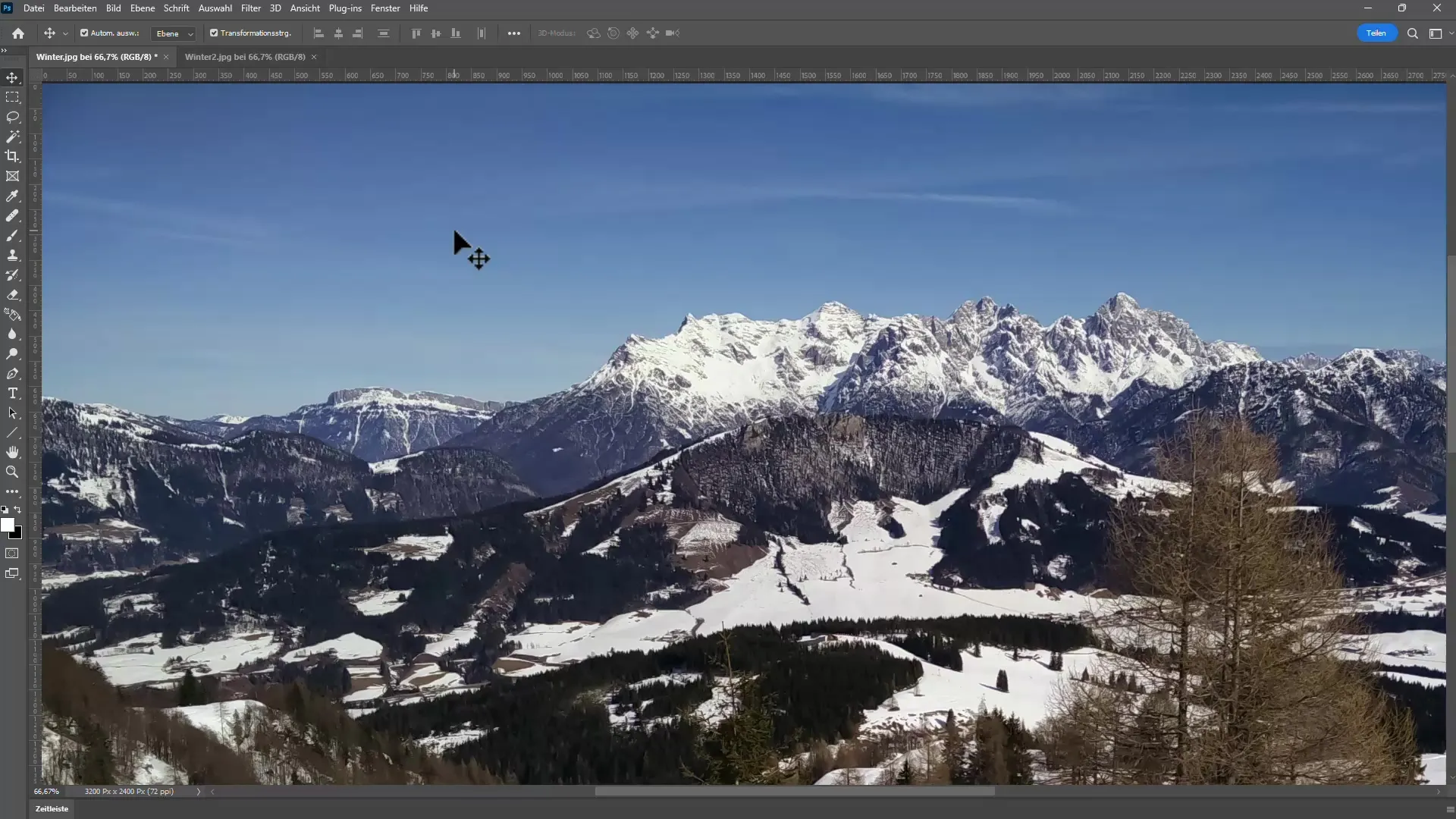
Begin editing the image while the action is being recorded. Apply the Camera Raw filter and save your settings.
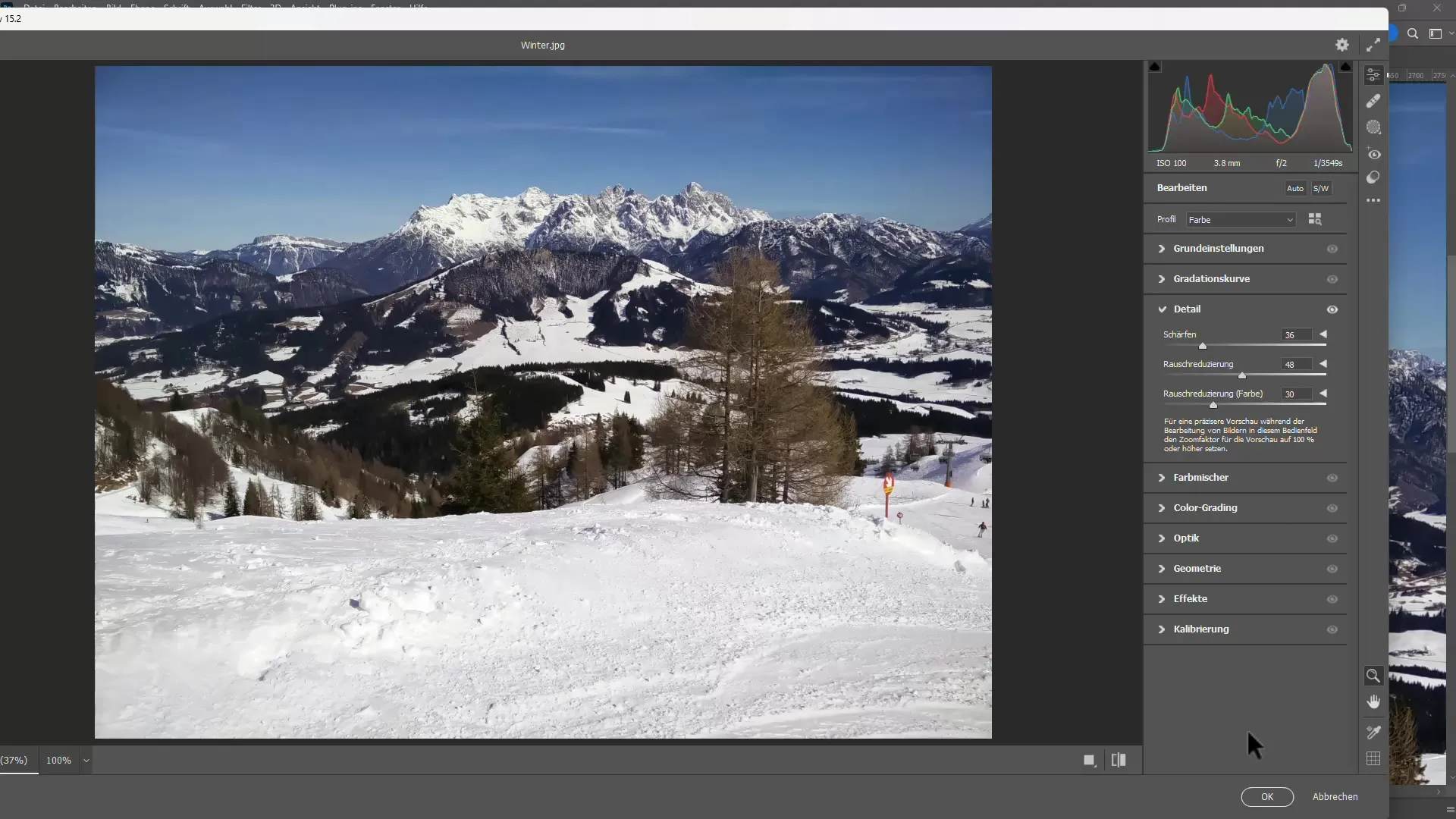
Once you've finished editing an image with the action, you can stop the action. Now you can apply this action to other images by using batch processing in Photoshop. Go to File > Automate > Batch Processing.
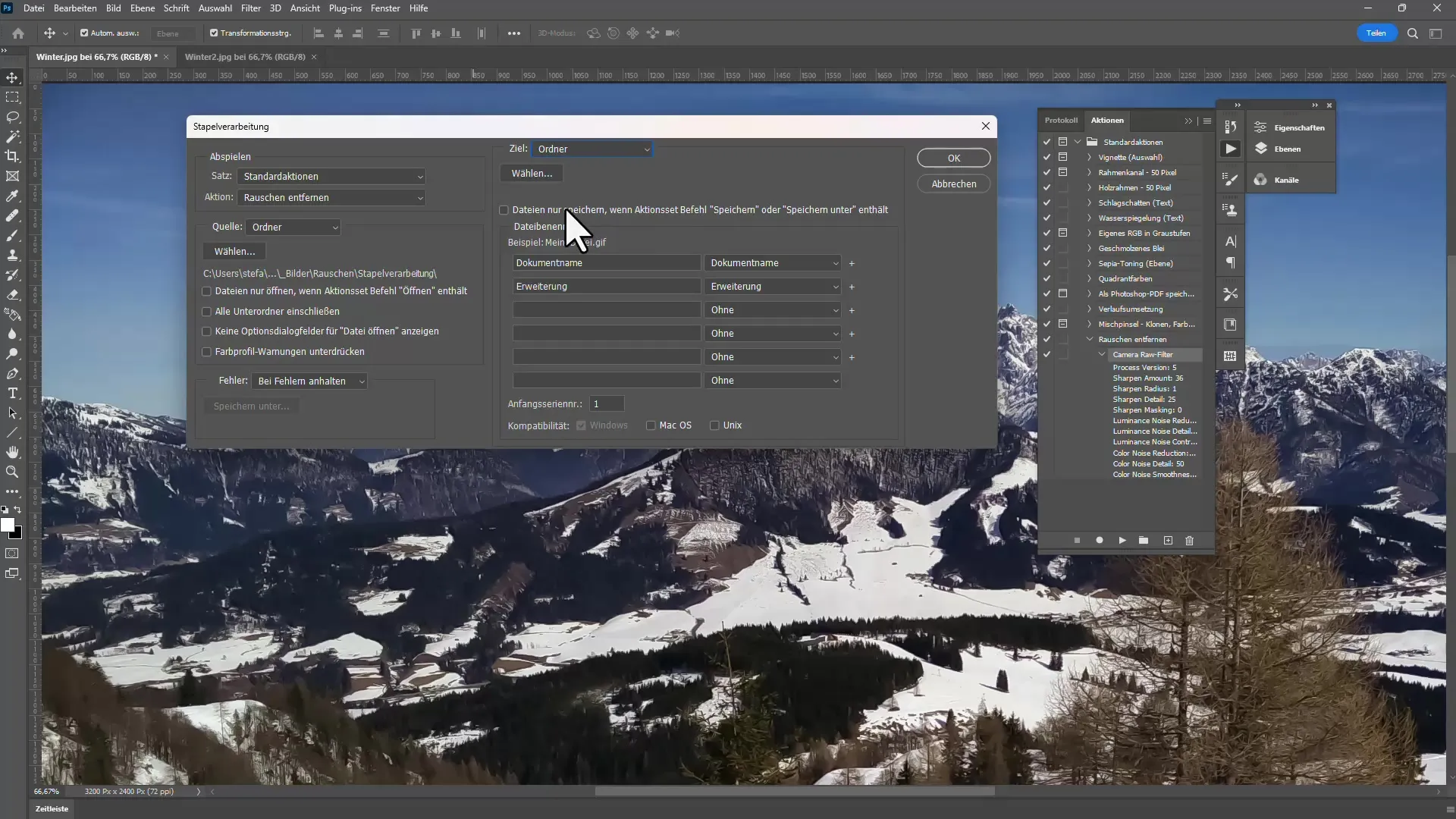
Choose the folder with the images to be edited and let Photoshop apply the action to all images in the folder. This way, you can save time and achieve consistent results.
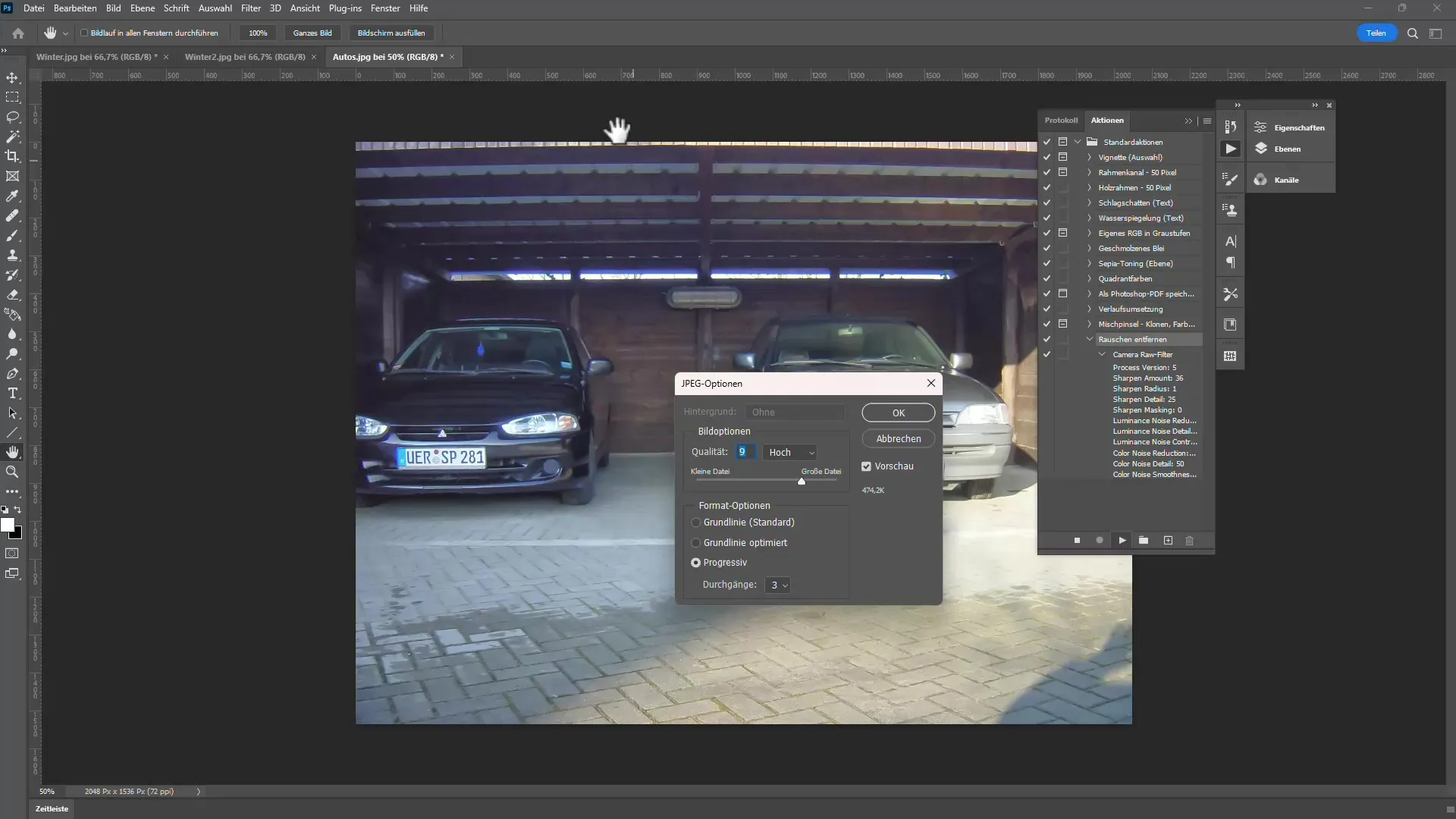
Step 4: Using AI Filters
An exciting new feature in Adobe Photoshop is the AI filters, which allow for even easier noise reduction. This function is particularly useful when working with RAW files. You can activate the AI filter by going to Detail and clicking the new Denoise button for noise reduction.
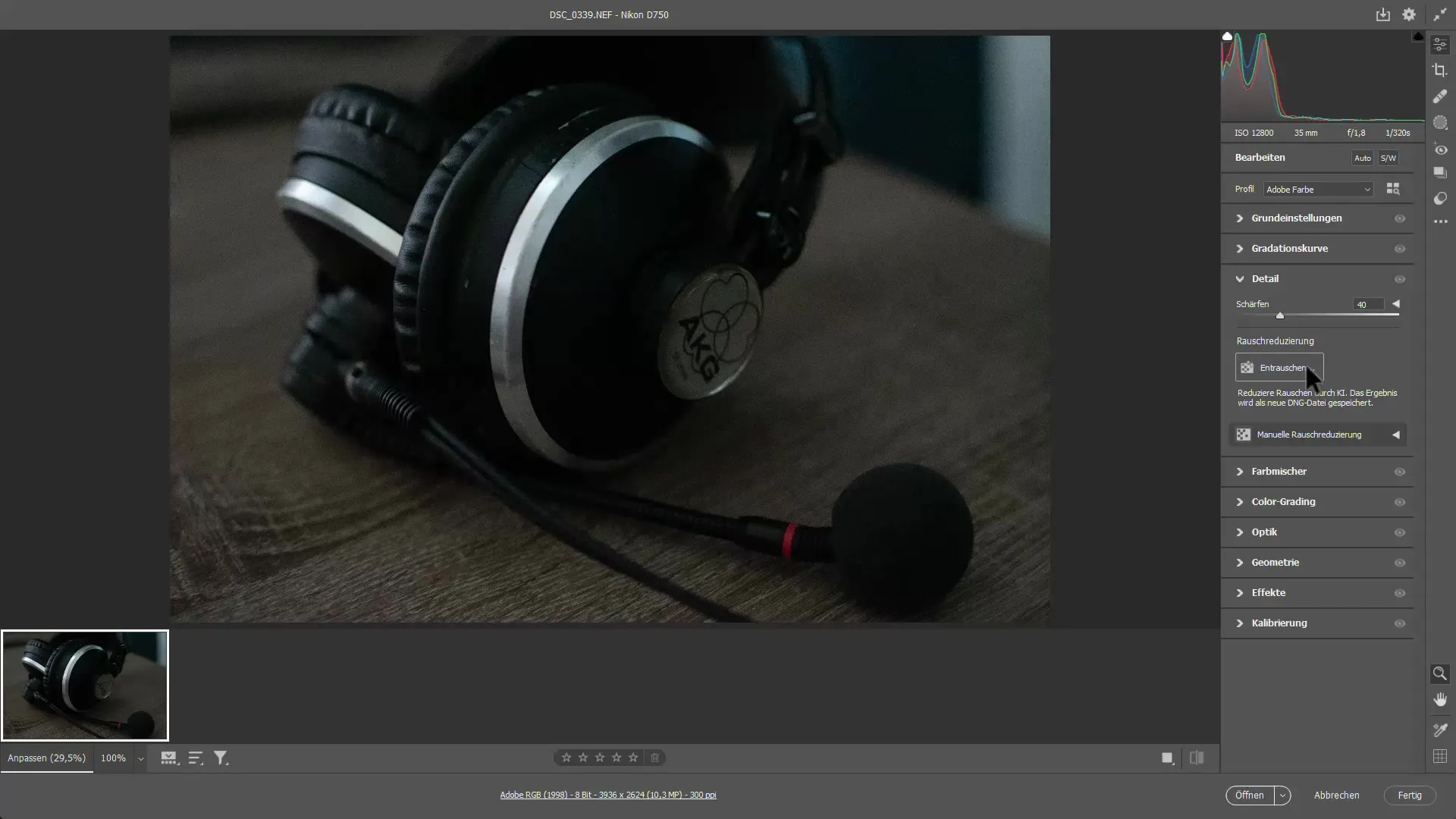
You will be surprised by the results – the AI removes noise while preserving the details of the image. You should compare the result with the original to see the difference.
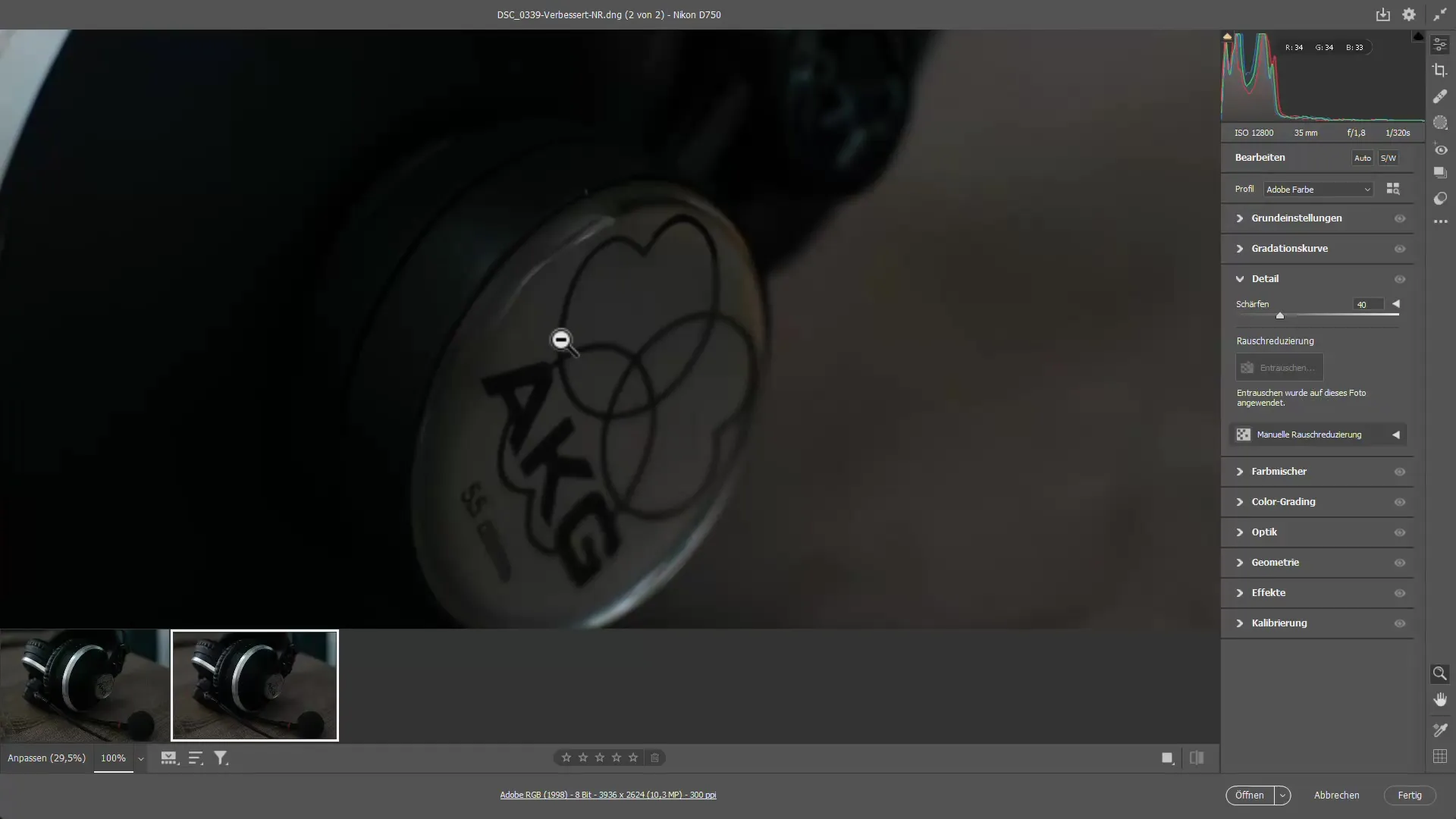
Step 5: Editing Specific Areas with Masking
Another useful tool is masking. This allows me to edit specific areas of an image without affecting others. Activate the masking tool and select the areas you want to edit.
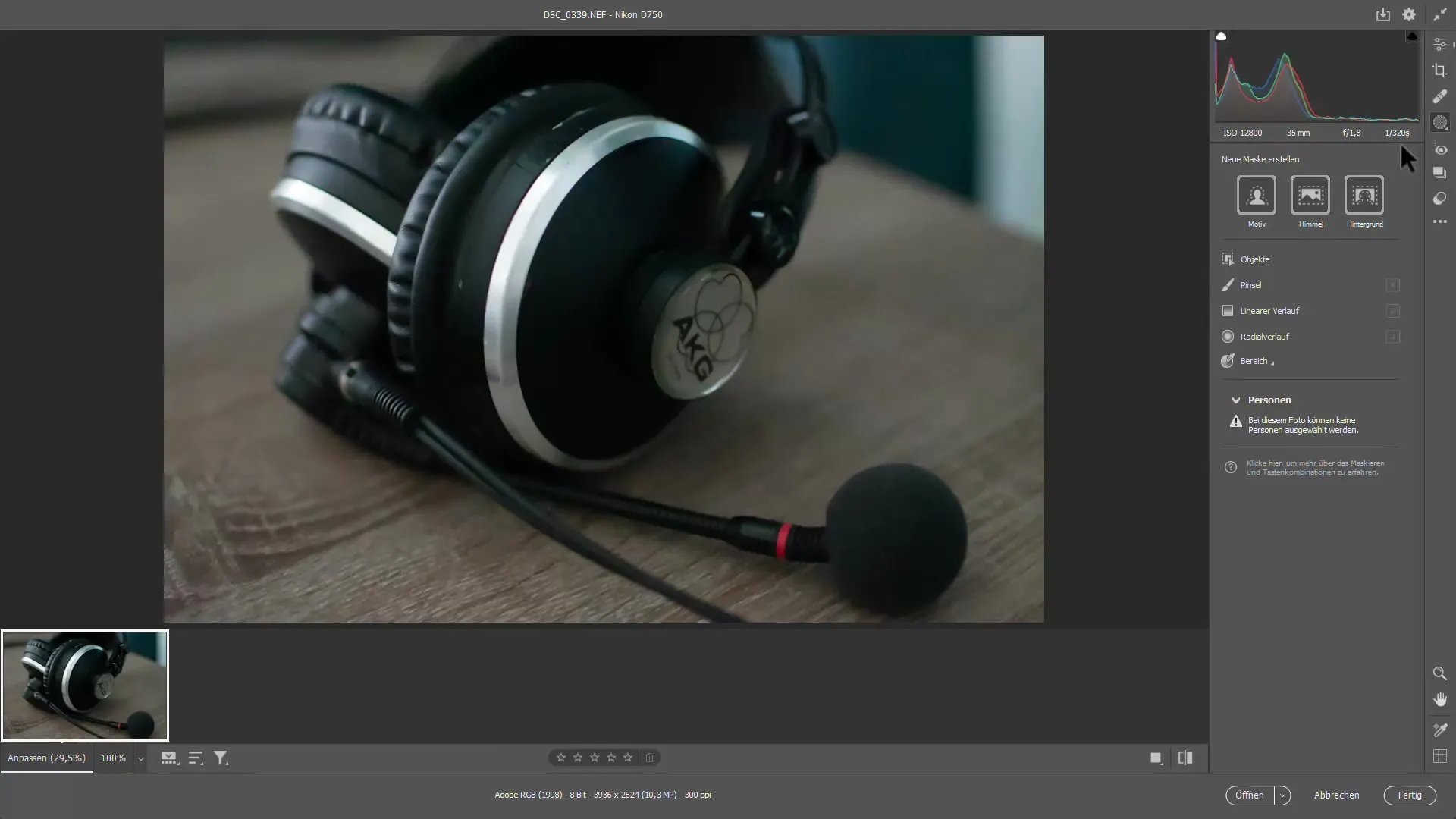
With the brush tool, you can select the areas you want to denoise. It is possible to adjust the intensity and softness of the brush to work precisely.
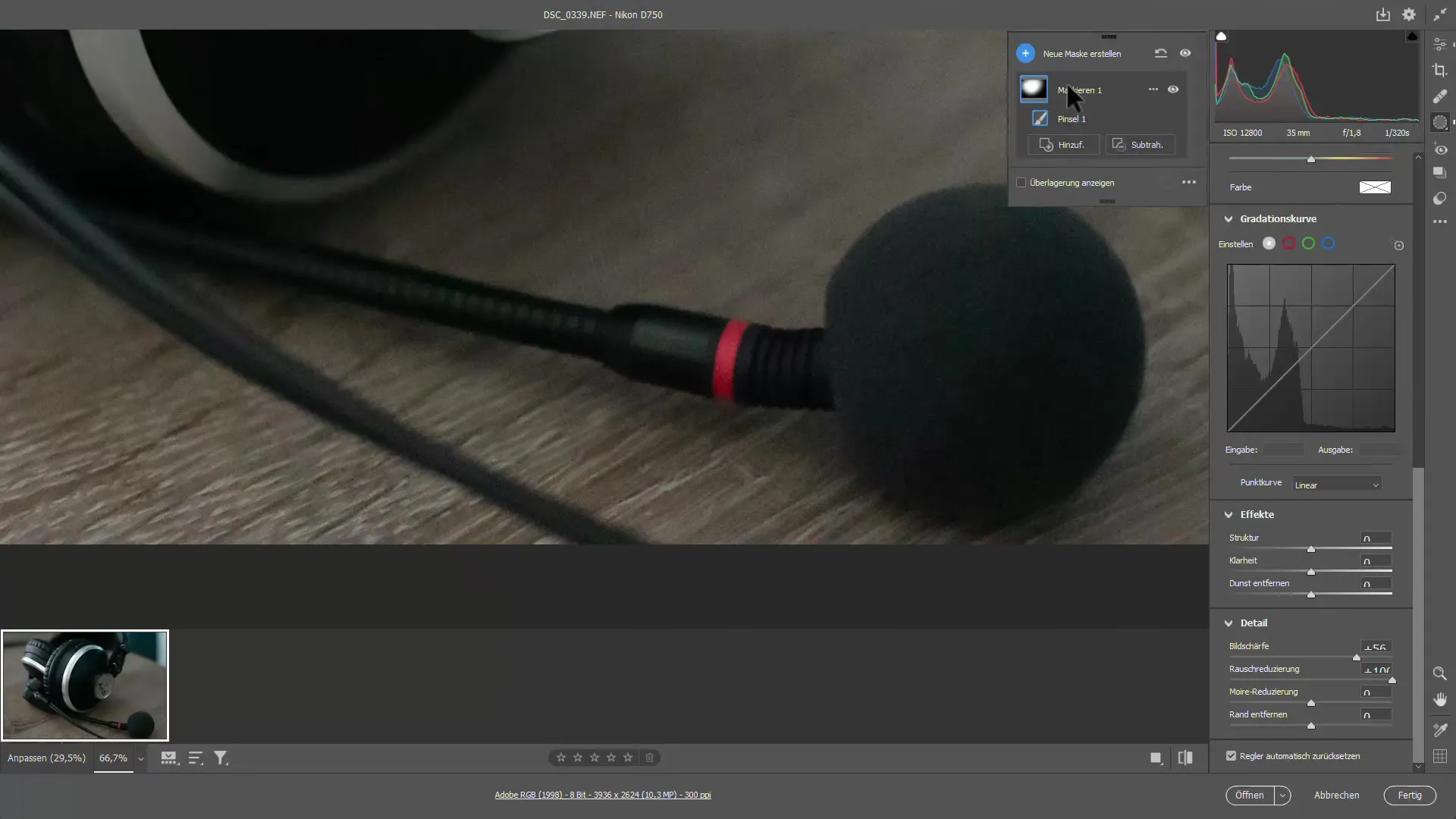
Step 6: Image Processor for Advanced Automation
Photoshop's image processor offers additional options, specifically for converting and exporting images. There, you can define the quality levels and formats for the saved images.
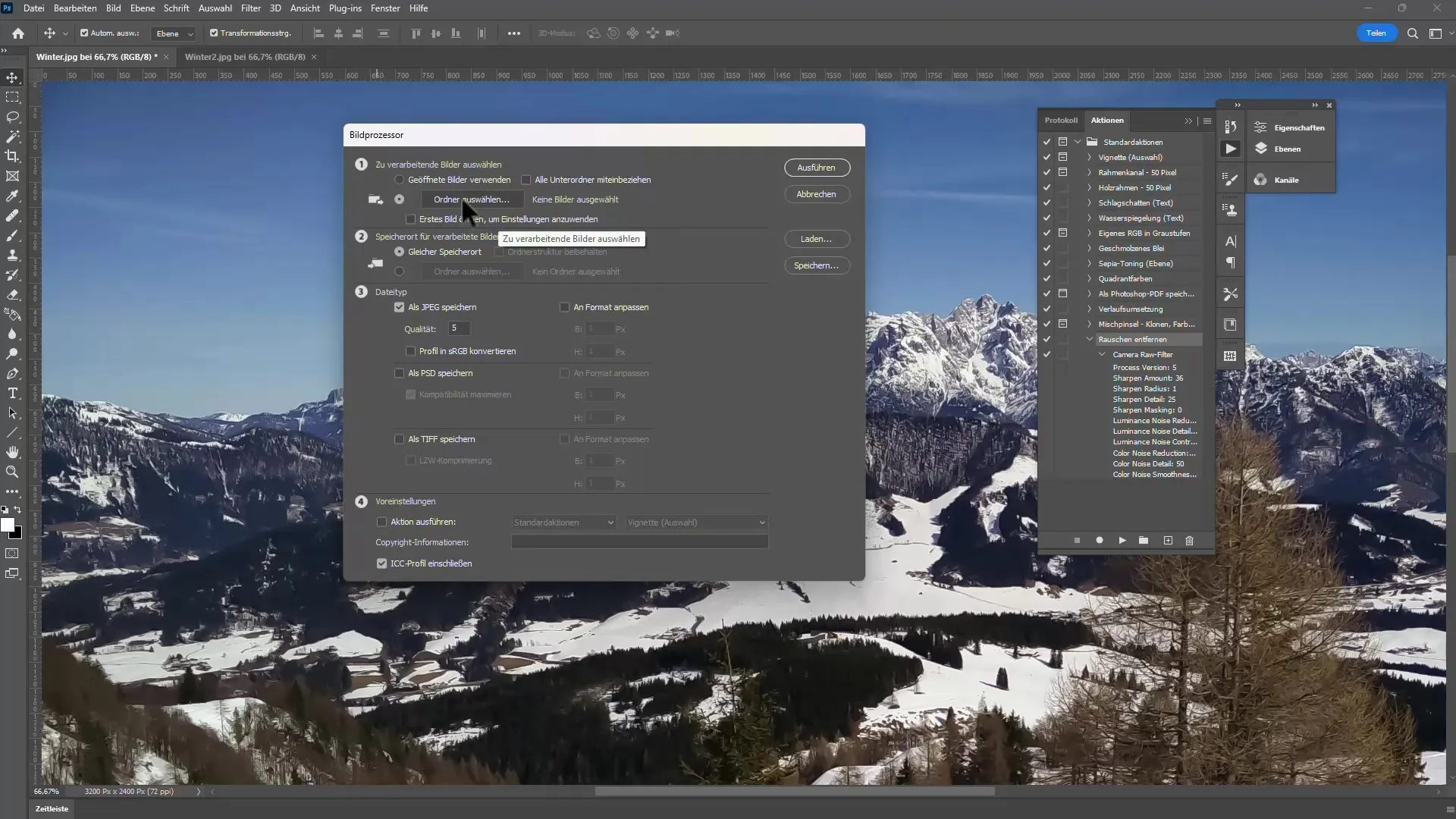
This feature is very practical if you want to process many images at once and save them in different formats. This makes noise reduction not only easier but also much more efficient.
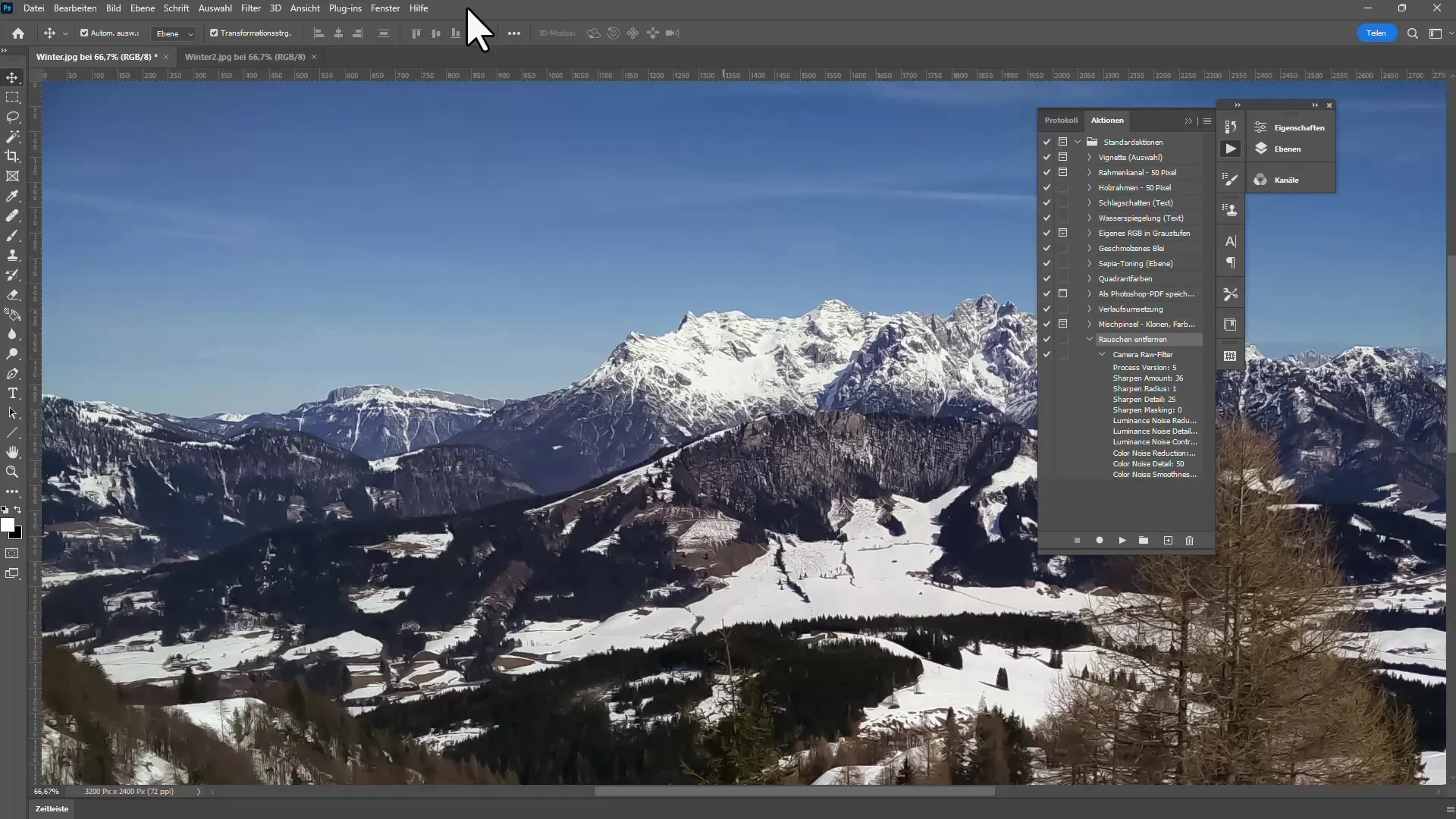
Summary
In this guide, you have learned how to effectively reduce noise in your photos using various methods from Photoshop. From standard noise filters to the power and efficiency of AI-powered filters and actions for batch processing - there are many tools to help you get the most out of your images.
Frequently Asked Questions
How does noise reduction work in Photoshop?Noise reduction in Photoshop is done through algorithms that analyze and reduce noise in the image while largely preserving image details.
Can I reduce noise in JPG files as well?Yes, you can reduce noise in JPG files, but you will achieve better results with RAW files, as they provide more detailed information.
What is the difference between standard noise filter and Camera Raw filter?The Camera Raw filter offers advanced settings for noise reduction and allows for more control over image editing.
How can I edit multiple images at once?Use the Action feature to apply your noise reduction settings to multiple images at once before starting batch processing.
Do I need special knowledge to use these features?A basic understanding of Photoshop is helpful, but the features are designed to be user-friendly and intuitive.
